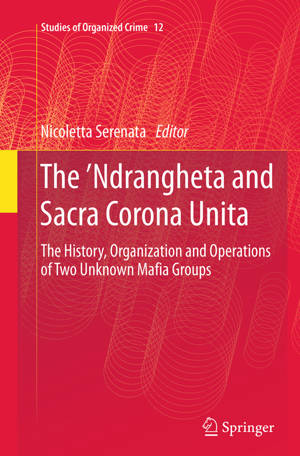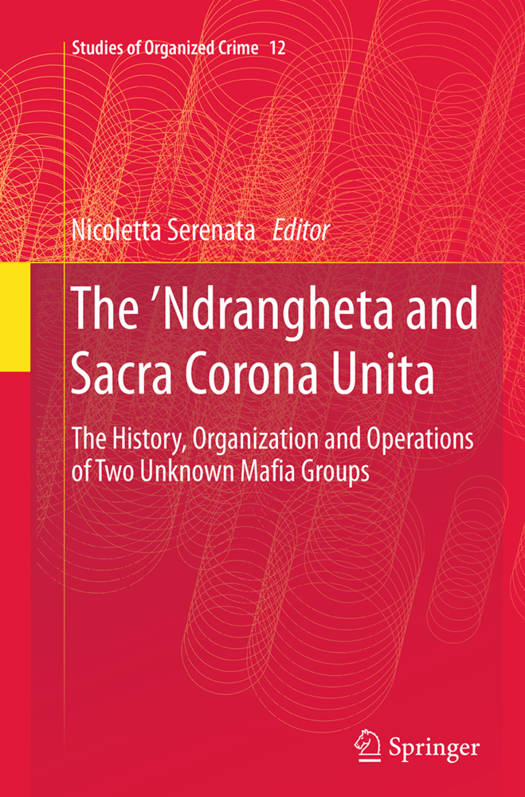
- Afhalen na 1 uur in een winkel met voorraad
- Gratis thuislevering in België vanaf € 30
- Ruim aanbod met 7 miljoen producten
- Afhalen na 1 uur in een winkel met voorraad
- Gratis thuislevering in België vanaf € 30
- Ruim aanbod met 7 miljoen producten
Zoeken
The 'Ndrangheta and Sacra Corona Unita
The History, Organization and Operations of Two Unknown Mafia Groups
€ 105,45
+ 210 punten
Omschrijving
This book covers two lesser known but important members of the Italian Mafia: the 'Ndrangheta and the Sacra Corona Unita. Italian criminal organizations, in particular Mafia, are one of the most commonly researched organized crime groups, usually focusing on the Sicilian Mafia, Cosa Nostra, or the Neapolitan Mafia, Camorra. However, Italy has other two other Mafias, one in Apulia, Sacra Corona Unita, and the other in Calabria, 'Ndrangheta. Although an extensive literature is available on Cosa Nostra and Camorra, less is known about the other two organizations, particularly their operations in the United States. Territory is one of the most important elements in the Mafia because the criminal organization operates its signoria territoriale, controlling every illegal activity in its sphere of action. This territorial power goes beyond the Italian boundaries reaching the United States of America and other non-European countries, with the mere aim of developing their drug/weapon deals and money laundering businesses. Mafia, therefore, is not a uniquely Italian phenomenon as it might appear, but a worldwide phenomenon, affecting many societies and economies. This unique volume is its interest into a field as yet completely provides new information about the 'Ndrangheta and Sacra Corona Unita written by an interdisciplinary group of Italian scholars. It covers organizational, hierarchic, and operative aspects: that is, the role that they have in politics, in their own families, in business relations in Italy and abroad. It also highlights the particular role that Cosa Nostra and Camorra had in their development. This work will be of interest to criminology researchers studying organized crime, corruption, money laundering and trafficking, as well as researchers from related fields, such as political science, economics, and international relations.
Specificaties
Betrokkenen
- Uitgeverij:
Inhoud
- Aantal bladzijden:
- 185
- Taal:
- Engels
- Reeks:
- Reeksnummer:
- nr. 12
Eigenschappen
- Productcode (EAN):
- 9783319381152
- Verschijningsdatum:
- 17/09/2016
- Uitvoering:
- Paperback
- Formaat:
- Trade paperback (VS)
- Afmetingen:
- 156 mm x 234 mm
- Gewicht:
- 290 g

Alleen bij Standaard Boekhandel
+ 210 punten op je klantenkaart van Standaard Boekhandel
Beoordelingen
We publiceren alleen reviews die voldoen aan de voorwaarden voor reviews. Bekijk onze voorwaarden voor reviews.










